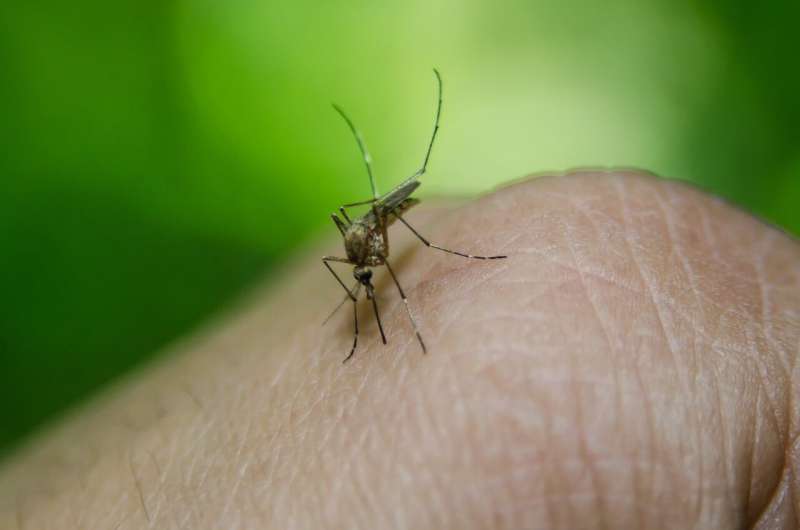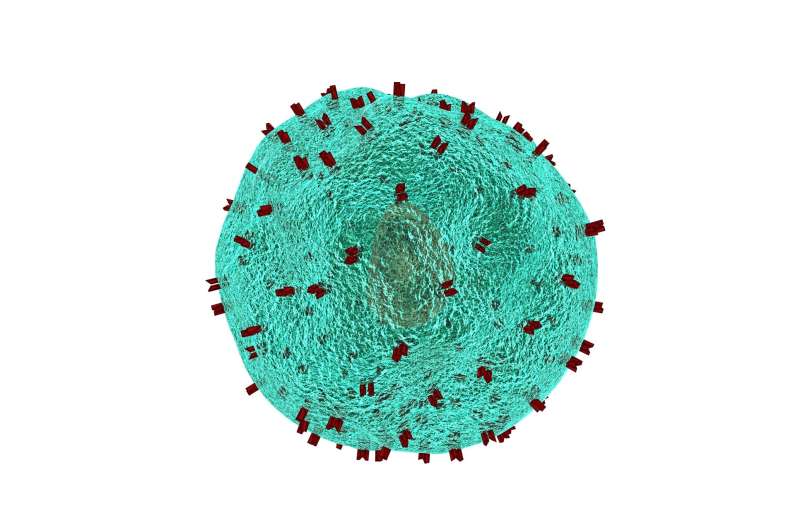Understanding Dengue Fever: Risks, Symptoms, and Prevention

Learn about dengue fever, its symptoms, transmission, and effective prevention strategies to stay safe in endemic regions.
Dengue fever is a serious viral infection that can pose life-threatening risks if not properly managed. Transmitted primarily through the bite of infected Aedes aegypti mosquitoes, this disease is prevalent in warm, humid regions worldwide. According to Dr. Stacey Rizza, an infectious diseases specialist at Mayo Clinic, there are four different subtypes of the dengue virus that can infect humans, making the disease complex and capable of re-infection.
Dengue transmission is most common in tropical and subtropical areas such as Southeast Asia, South America, the Caribbean, and parts of the southern United States like Florida and Louisiana. The Aedes aegypti mosquito is active during both day and night, and a significant portion of the global population (about half) resides in areas vulnerable to dengue.
Symptoms of dengue fever typically include high fever, severe body and bone aches, eye pain, nausea, vomiting, and diarrhea. While most individuals recover within a week, some can experience severe symptoms leading to dangerous complications.
Severe dengue may present with intense abdominal pain, persistent vomiting, bleeding from gums or nose, blood in urine, stool or vomit, skin bruising, difficulty breathing, fatigue, and agitation. These symptoms require immediate medical attention.
Currently, no antiviral treatment exists for dengue fever. Management involves supportive care, mainly maintaining hydration and controlling fever with medications like acetaminophen. Patients with severe symptoms might need hospitalization to support their fluid levels and overall health.
A vaccine is available in several countries for children aged 9-16 who have evidence of prior dengue infection, though it is not approved for use in the United States. The vaccine helps prevent reinfection in previously exposed individuals.
Preventing mosquito bites is essential to reducing dengue risk. Strategies include using insect repellents containing DEET, picaridin, or oil of lemon eucalyptus; removing stagnant water where mosquitoes breed; ensuring window screens and doors are intact; and wearing protective clothing such as long sleeves and pants.
Understanding the importance of these protective measures can significantly decrease the chances of contracting dengue, especially in endemic regions where the disease is a persistent threat.
Source: https://medicalxpress.com/news/2025-05-expert-dengue-fever.html
Stay Updated with Mia's Feed
Get the latest health & wellness insights delivered straight to your inbox.
Related Articles
Preliminary Success in Using CAR T-Cell Therapy for Refractory Systemic Lupus Erythematosus: A Five-Patient Feasibility Study
A feasibility study of in vivo CAR T-cell therapy in five patients with resistant systemic lupus erythematosus shows rapid B cell depletion and disease activity reduction, opening new therapeutic avenues.
Innovative, Cost-Effective Biosensor Pill Detects Intestinal Inflammation via Blue Dye Release
A new low-cost, ingestible biosensor pill from researchers at Mass General Brigham and the University of Toronto offers a simple, non-invasive way to detect intestinal inflammation by releasing a visible blue dye, promising better at-home monitoring for IBD patients.
Using Fruit Flies to Understand and Improve Addiction Therapies
Innovative research uses genetically modified fruit flies to study cocaine addiction, uncovering genetic and sensory factors that could lead to improved therapies for cocaine use disorder.
Exploring the Protective Role of ApoE3 Christchurch Against Alzheimer's Disease
New research reveals how the ApoE3 Christchurch variant provides multi-pathway protection against Alzheimer’s, offering hope for future therapies targeting tau buildup and brain health pathways.



